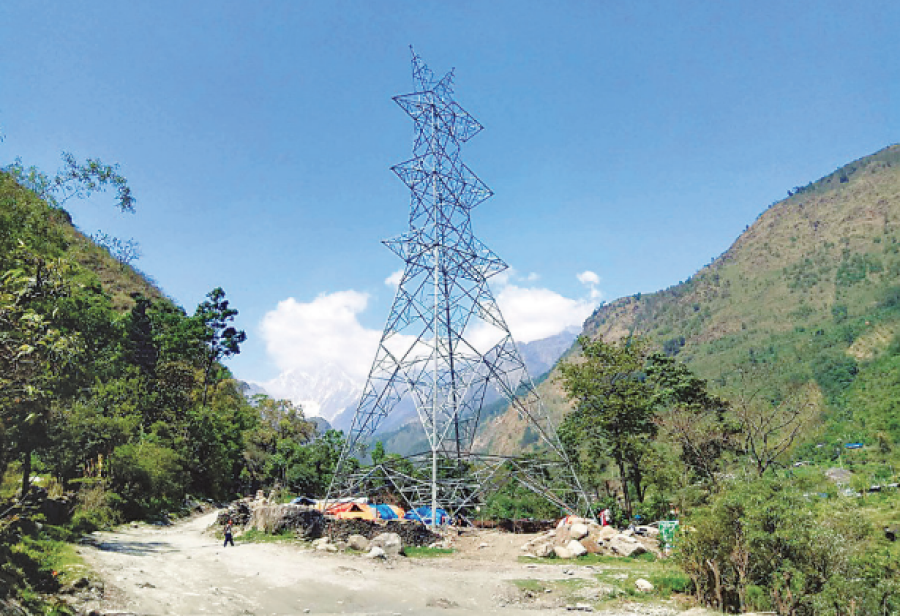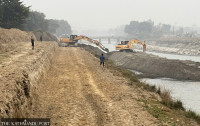National
Nepal sees partial spillage of power as output grows along with rainfall
Nepal awaits approval from Indian authorities to sell over 1,000MW generated from 18 projects.
Prithvi Man Shrestha
With the monsoon gaining momentum, Nepal’s hydroelectricity output has increased significantly, leading to spillage of power especially in the night time when domestic demand slumps. The current amount of export to India cannot evacuate all the energy surplus here too.
The southern neighbour is yet to give approval to 18 more hydropower projects whose production the Nepal Electricity Authority (NEA) wants to sell in the Indian market.
“We saw occasional spillage of power at midnight on some of the past few days,” said Suresh Bhattarai, spokesperson for the NEA. “The spillage lasted two to three hours daily.”
The occasional spillage amount averaged 70 megawatts during the night time, said Bhattarai, who heads the NEA’s load dispatch centre.
Nepal’s total installed capacity has increased to around 2,700MW. Currently, generation has reached up to 2,200MW depending on rainfall, according to Bhattarai.
Closure of a number of power projects on the Kabeli corridor in the east due to the damage caused by recent floods and two others on the Dordi corridor in Lamjung limited the output to 2,200MW.
According to the Independent Power Producers’ Association, as many as 30 power plants—13 in operation and 17 under construction—were damaged by floods in eastern Nepal.
Electricity supply has fallen by 84MW on the Kabeli corridor since the late June floods, said Bhattarai. Two projects with the capacity of 18MW and 27MW have closed on the Dordi corridor.
Despite reduced supply, overall generation reached around 2,200MW. According to the NEA, the peak domestic demand on Thursday was 2072MW. India allows Nepal to export a maximum of 452.6MW from 10 hydropower projects.
NEA officials said they are making efforts to get additional approval from the Indian authorities.
Kul Man Ghising, managing director of the power utility, expressed optimism that the southern neighbour would approve the projects soon.
“The approval process is ongoing,” Ghising told journalists on June 18. “We are hopeful that the Indian authorities will grant approval for more projects before power spillages begin.”
Utility officials say they are making efforts to sell 200 megawatts to India under a five-year deal.
Indian Prime Minister Narendra Modi announced in June that the country would buy 10,000MW from Nepal in the next 10 years. The announcement came during a joint press conference with his Nepali counterpart Pushpa Kamal Dahal who visited India from May 31 to June 3.
Lately Indian officials appear open to buying power from but when it comes to granting speedy export approval to Nepal’s power projects, the souther neighbour seems to be reluctant.
There are power projects that were proposed to the Indian authorities for export as early as August 2021.
Chameliya (29.1MW) and Upper Bhotekoshi (43.65MW) were proposed to the Indian side on August 20, 2021, seeking export approvals.
The 456MW Upper Tamakoshi was proposed for export in January 2022. The last four projects for which India’s export approval were sought are Upper Chaku 1 (21.53MW), Super Madi (42.68MW), Super Dordi ‘Kha’ (52.38MW) and Likhu 2 (50.89MW). The NEA had forwarded the list on April 14.
India’s delay in granting approval to more Nepali projects resulted in significant spillages of power during the festival season of Dashain and Tihar last year.




 10.12°C Kathmandu
10.12°C Kathmandu















